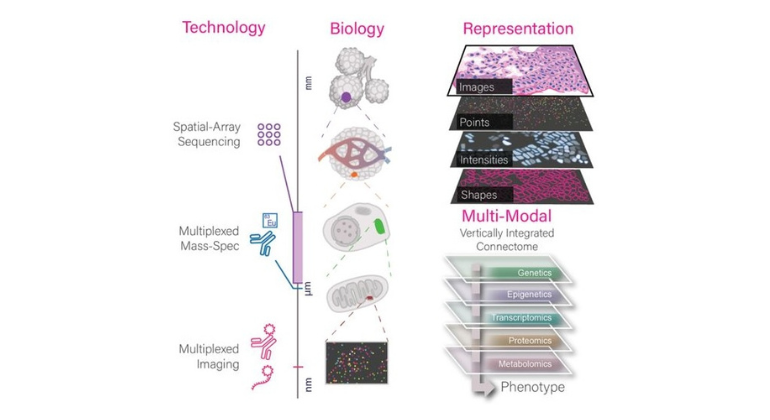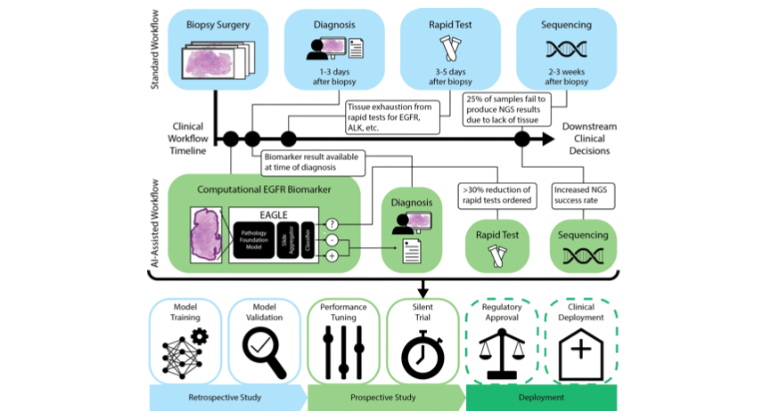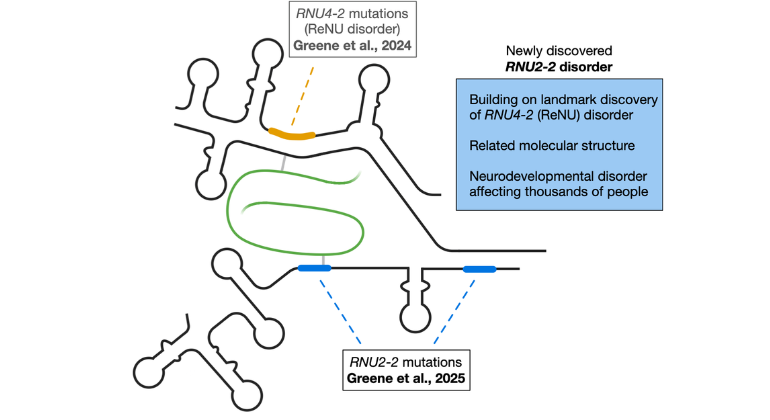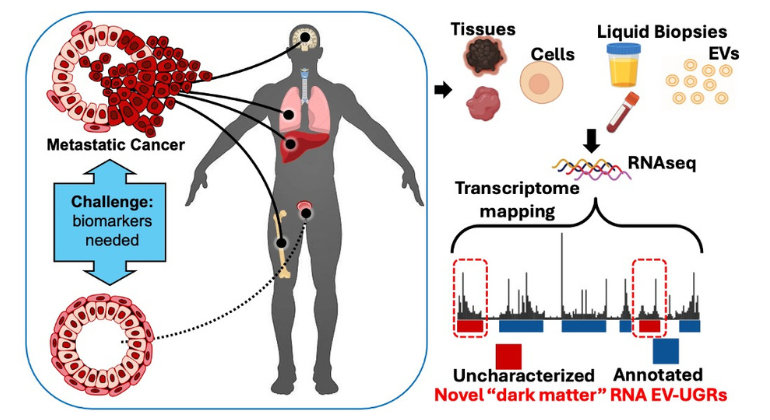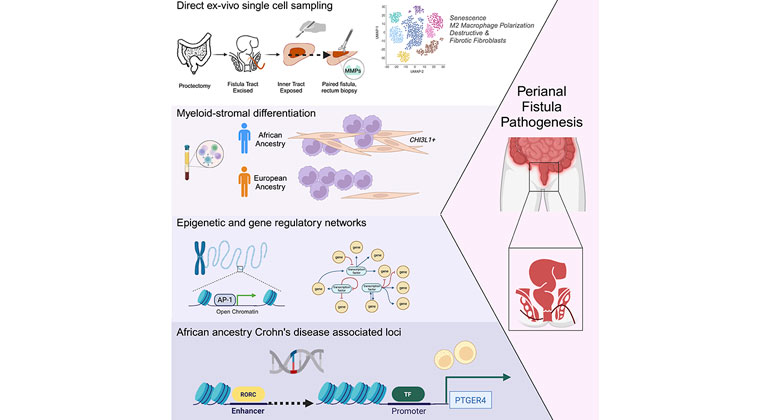New Insights Into Facial Birth Defects Are Revealed by Mount Sinai Researchers
Mount Sinai researchers have revealed new insights into how the body regulates craniofacial development in newborns, which can sometimes lead to birth defects such as cleft lip or palate.
The study, published November 12 in Genes and Development, focused on fibroblast growth factors (FGFs), a family of growth factors that mediate cellular responses, in mice. The research team studied signaling pathways that influence cell behavior, and also reported that biological processes beyond just signaling, particularly cell adhesion, might play a pivotal role in how FGFs regulate a host of pathologies.
FGFs bind to and activate four different molecules called receptor tyrosine kinases (RTKs) on the surface of the cell. These RTKs, in turn, trigger an established signaling pathway that influences cellular behaviors such as proliferation, death, and migration. Improper activation of these receptors and aberrant signaling within these so-called signal transduction pathways have been linked to skeletal birth defects of the face and jaw, and to premature bone formation in the sutures, where the fibrous joints between the bones of a baby’s skull fuse before the brain is fully formed, giving the head a misshapen appearance. Deregulation of FGF activity has also been linked to multiple forms of cancer.
“Through our laboratory work with mice we’ve elucidated for the first time the unique role of signaling pathways that are engaged downstream by the FGF receptors in embryonic development,” says Philippe Soriano, PhD, Professor of Cell, Development and Regenerative Biology at the Icahn School of Medicine at Mount Sinai, and senior author of the study. “This is revealing because these signaling mechanisms and the phenotypic consequences of their disruption are giving us a better understanding of how FGFs affect mid-face closure and development of the jaw. In the mouse, FGF receptors also affect implantation of the embryo into the uterus.” Over the years, Dr. Soriano’s laboratory has played a key role in unraveling the mechanism of RTK using genetic approaches in mice as a model system.
The Mount Sinai study also breaks new ground by uncovering how RTKs may function beyond their well-known roles in cell signaling. By engineering mutant mice that express receptors unable to engage the classic signaling pathways, the researchers were able to identify how FGFs regulate cell adhesion, the process by which cells attach to each other or to the extracellular matrix, which provides structural and biochemical support for surrounding cells. “We have always thought that all FGF activities are dependent on the typical established signaling pathways,” explains Dr. Soriano. “But we were able to identify new signaling outputs that seem to function in ways independent of FGF signal transduction pathways. One of those outputs is cell adhesion.”
Dr. Soriano and his team are continuing to investigate how FGF receptors work not just on the surface of the cell—which is established science—but within the cell to modulate how cells stick to each other or to the extracellular matrix. Giving impetus to their work is the fact that knowing precisely how FGFs regulate cell adhesion could open a valuable window for scientists onto a process that is believed to underlie the development of many types of cancer.
“Perhaps most importantly, we’ve created surprising new investigative channels through our findings with regard to cell adhesion and signaling pathways,” says Dr. Soriano. “We now want to know if there are additional biological processes at play that could bring us closer to the development one day of inhibitors of these various pathways that might prevent diseases in which FGFs and their receptors are believed to be complicit.”
About the Mount Sinai Health System
Mount Sinai Health System is one of the largest academic medical systems in the New York metro area, with 48,000 employees working across seven hospitals, more than 400 outpatient practices, more than 600 research and clinical labs, a school of nursing, and a leading school of medicine and graduate education. Mount Sinai advances health for all people, everywhere, by taking on the most complex health care challenges of our time—discovering and applying new scientific learning and knowledge; developing safer, more effective treatments; educating the next generation of medical leaders and innovators; and supporting local communities by delivering high-quality care to all who need it.
Through the integration of its hospitals, labs, and schools, Mount Sinai offers comprehensive health care solutions from birth through geriatrics, leveraging innovative approaches such as artificial intelligence and informatics while keeping patients’ medical and emotional needs at the center of all treatment. The Health System includes approximately 9,000 primary and specialty care physicians and 10 free-standing joint-venture centers throughout the five boroughs of New York City, Westchester, Long Island, and Florida. Hospitals within the System are consistently ranked by Newsweek’s® “The World’s Best Smart Hospitals, Best in State Hospitals, World Best Hospitals and Best Specialty Hospitals” and by U.S. News & World Report's® “Best Hospitals” and “Best Children’s Hospitals.” The Mount Sinai Hospital is on the U.S. News & World Report® “Best Hospitals” Honor Roll for 2025-2026.
For more information, visit https://www.mountsinai.org or find Mount Sinai on Facebook, Instagram, LinkedIn, X, and YouTube.
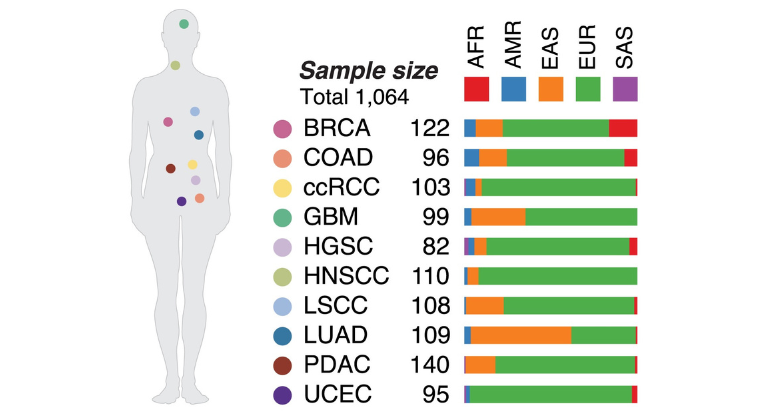
Study Reveals How Inherited Genes Help Shape the Course of Cancer
Apr 14, 2025 View All Press Releases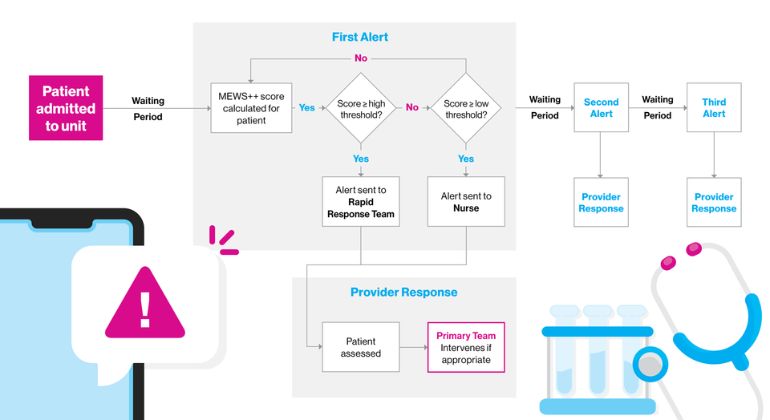
AI Can Help Doctors Make Better Decisions and Save Lives
Jun 13, 2024 View All Press Releases
